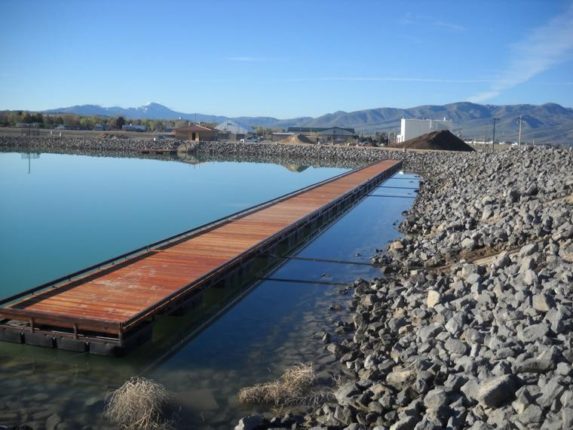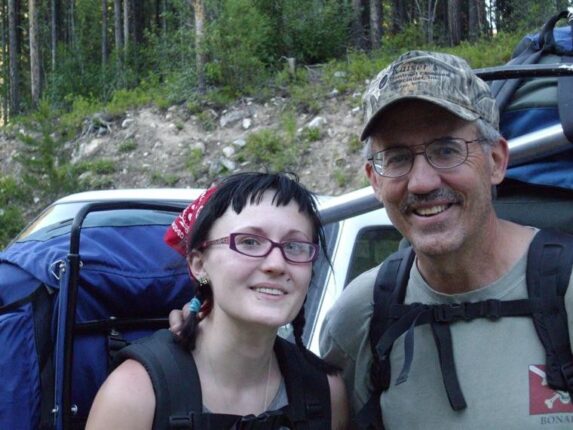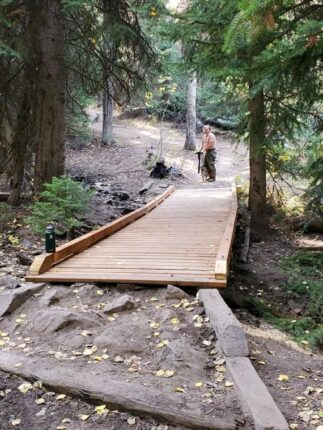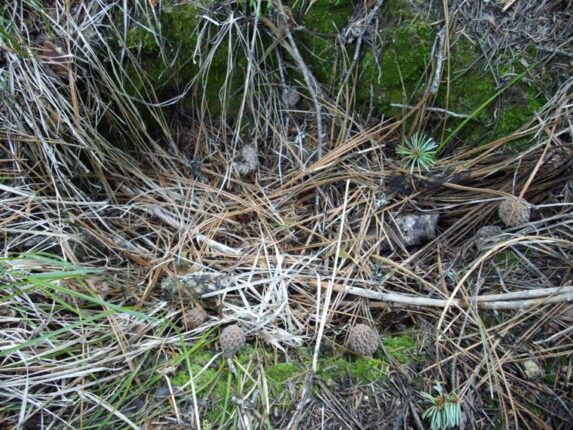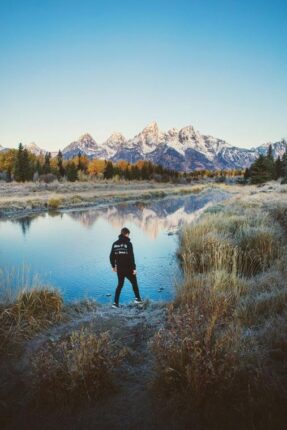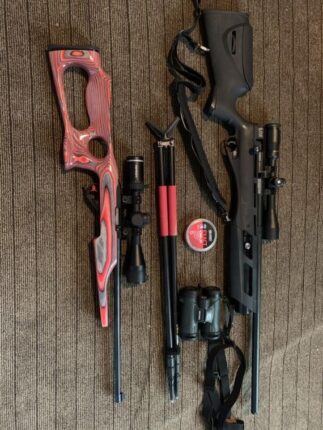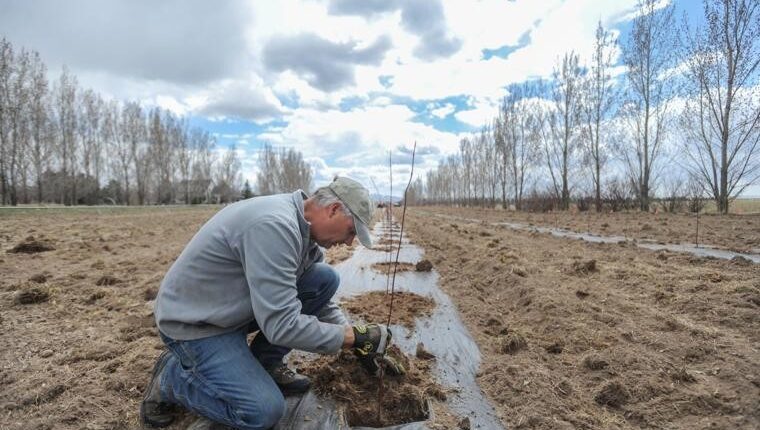Idaho Fish and Game is stocking 300,000 catchable-sized rainbow trout throughout the state in June.
Many of the waters highlighted below are easy to access, family-friendly fishing destinations. All you need to get started is a fishing license and some basic tackle. Annual adult fishing licenses cost around $30, junior licenses (ages 14 to 17) cost $16, and youth under 14 fish for free.
Fishing for stocked rainbow trout, particularly in community ponds, is a great way to introduce new anglers to the sport by using simple (and relatively thrifty) setups like worm/marshmallow combinations or commercial baits like PowerBait or Crave, either near the bottom or below a bobber.
Here are some of the notable stockings from the eastern part of the state.
Southeast Region
Bannock Reservoir — 3,000 rainbow trout. Located within the Portneuf Wellness Complex in Pocatello, this community park offers good trout fishing. Multiple docks provide fishing access around the 5-acre pond.
Bear River — 3,500 rainbow trout. These fish will be stocked in the scenic Oneida Narrows reach of the river. Make it an overnight trip and set-up camp at Redpoint Campground. Ten developed sites are available on a first-come, first-served basis.
Cub River — 1,000 rainbow trout. This beautiful little river is located south of Preston. All fish will be stocked in and around the Willow Flat Campground area.
Johnson Reservoir — 1,750 rainbow trout. This 50 acre irrigation reservoir is surrounded by large cottonwood trees and offers a boat ramp, dock and restrooms. There is also a variety of warm-water game fish so bring your entire tackle box.
Montpelier Reservoir — 1,000 tiger trout. This reservoir offers angling opportunities for a variety of fish species in a peaceful rural setting.
Upper Snake Region
Birch Creek — 3,400 rainbow trout. A productive spring creek in a high desert basin, this small stream is ideal for kids and less experienced anglers. Rainbow trout are stocked heavily around access areas and wild brook trout are fairly common.
Camas Creek — 750 rainbow trout. Located near Spencer, this is one of our newer stocking locations that’s quickly become a popular fishery.
Henrys Fork — 10,000 rainbow trout. The river is suitable for wade fishing, bank fishing and fishing from a boat.
Horseshoe Lake — 3,000 rainbow trout. This is a great place to take newer anglers to catch rainbow trout. More experienced anglers may try to catch some of the Arctic Grayling that are stocked annually.
Island Park Reservoir — 12,000 rainbow trout. There are several developed campgrounds and boat launches near this large scenic reservoir on the Henrys Fork. Fishing is best from a boat, but bank fishing can be quite good in the springtime.
Salmon Region
Bayhorse Lake — 2,000 rainbow trout. Anglers will find good catch rates at this drive-in mountain lake. Primitive campsites are available. Check out Little Bayhorse Lake (1,000 rainbow trout) while you’re in the area. The two lakes are connected by a mile-long hiking trail.
Cape Horn Lake No. 1 — 600 rainbow trout. This is the larger of two picturesque lakes endowed with fish, lily pads and frogs. Especially well-suited to float tubes or a small boat, this lake offers limited shoreline access. The area is good for wildlife viewing and is Stop 20 on the Idaho Birding Trail. Camping is available at nearby Forest Service sites. No facilities are available here.
Salmon River — Sections 5 to 8 will be stocked with a total of 8,000 rainbow trout: Section 5, O’Brien Campground to Torrey’s Hole; Section 6, Lower Stanley to Sunbeam Hot Springs; Section 7, Sunny Gulch Campground to Stanley; and Section 8, Decker Flats to Buckhorn Bridge.
Stanley Lake — 2,100 rainbow trout. This is a popular spot known for its breathtaking view of the Sawtooth Mountains. It offers great fishing and places for kids to explore nature.
Wallace Lake — 1,500 tiger trout. Kids will enjoy fishing from shore and exploring the surrounding woods. Grown-ups will appreciate this high-country fishing retreat to a beautiful mountain lake.
